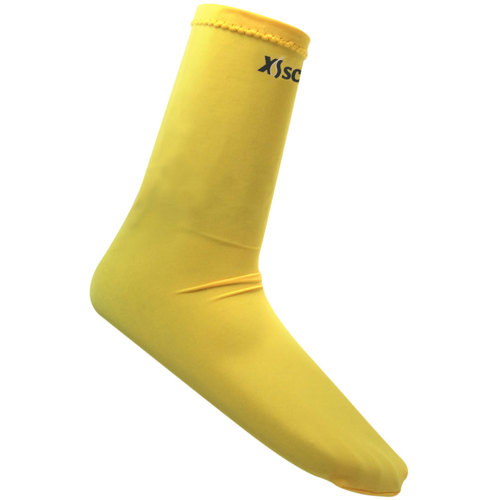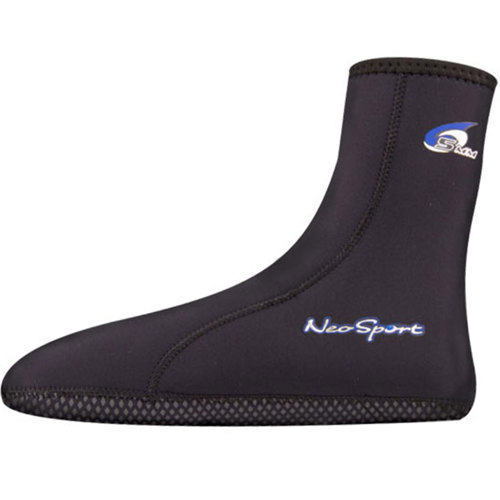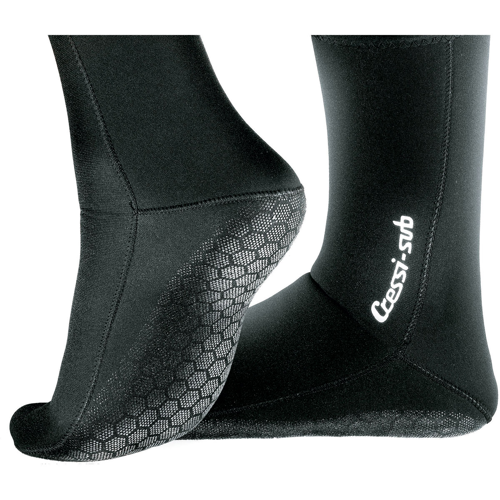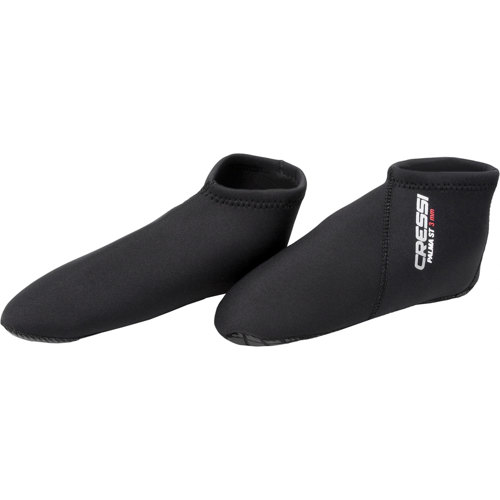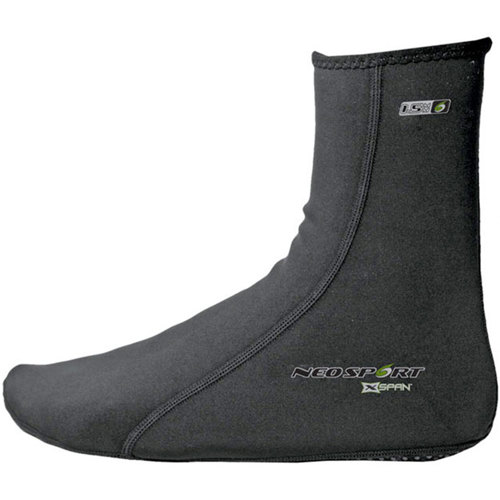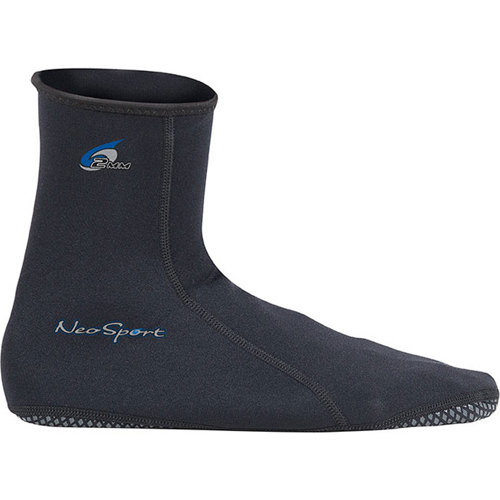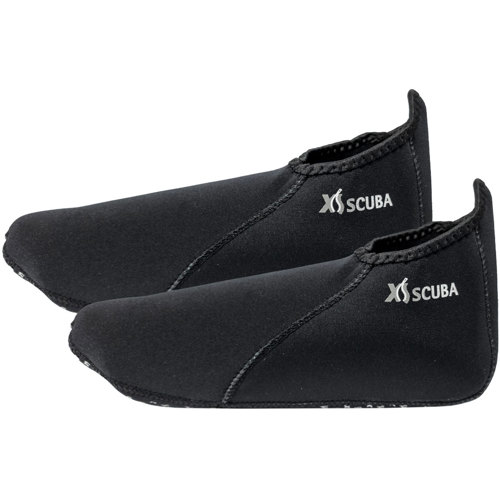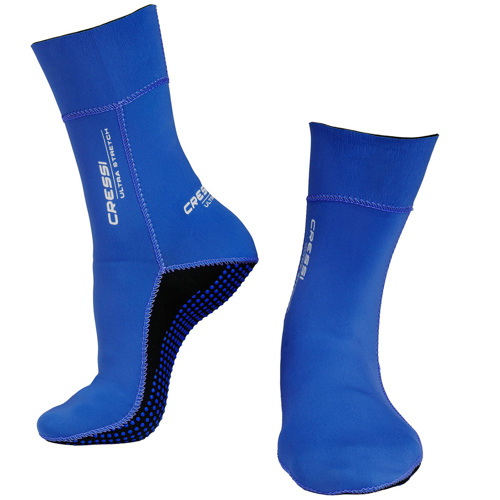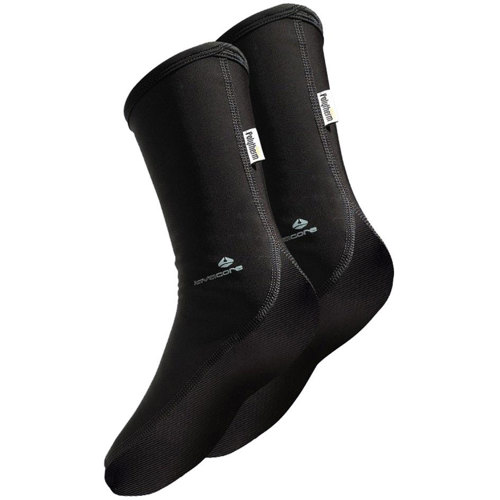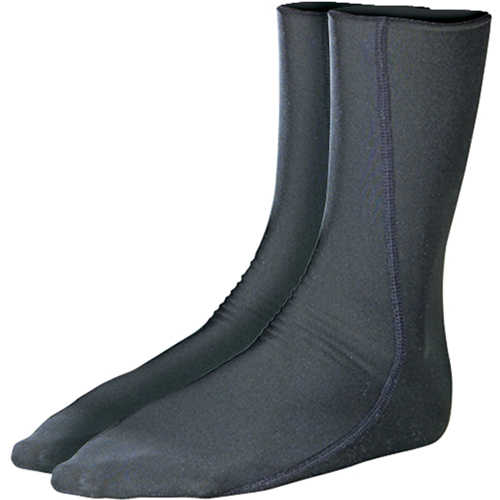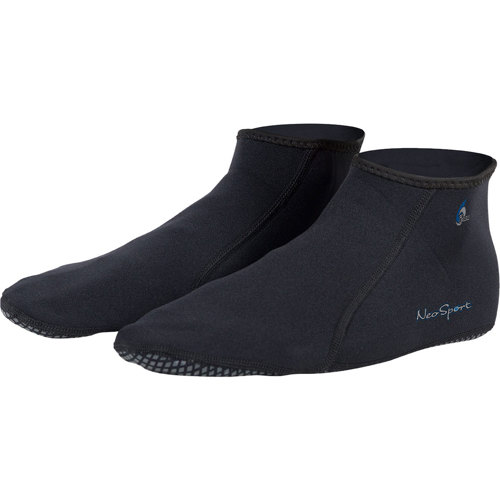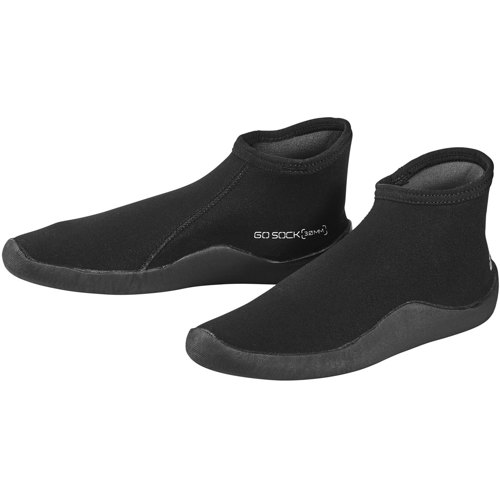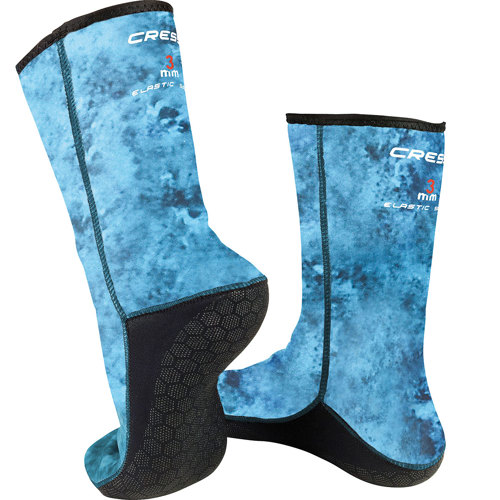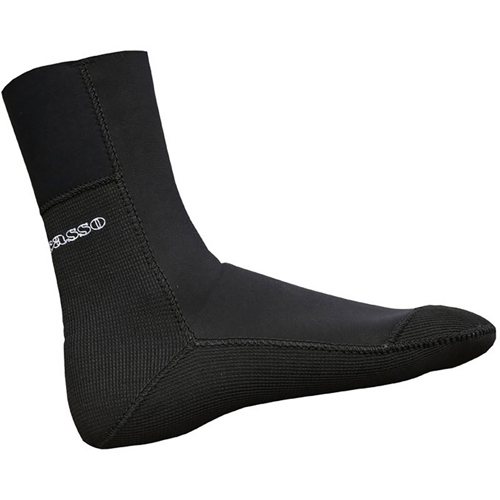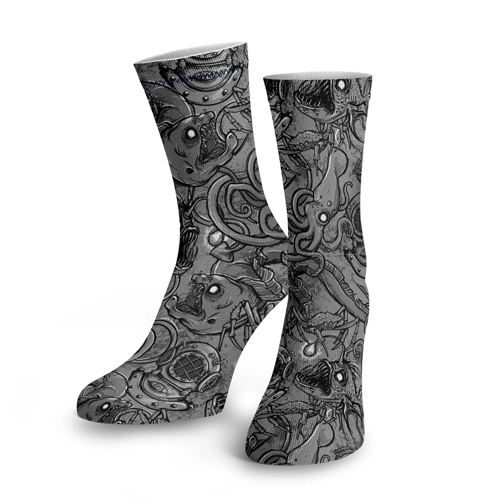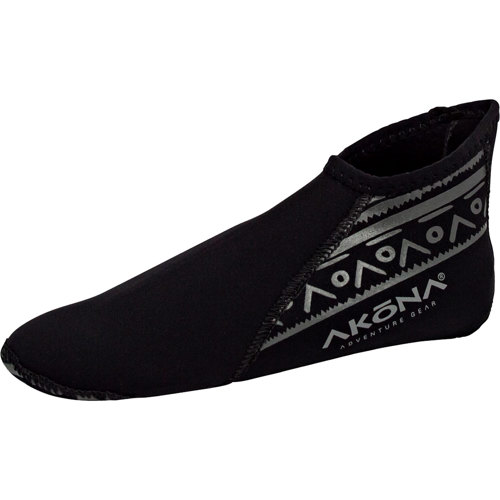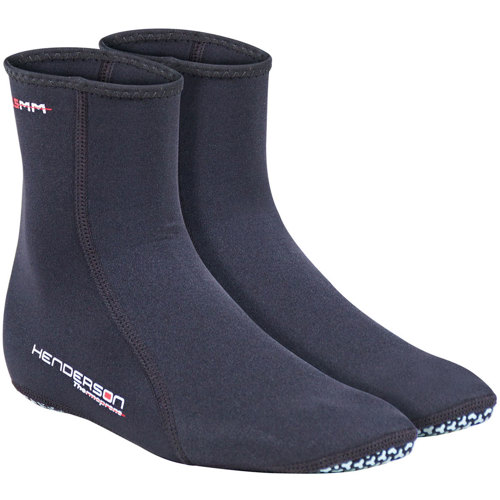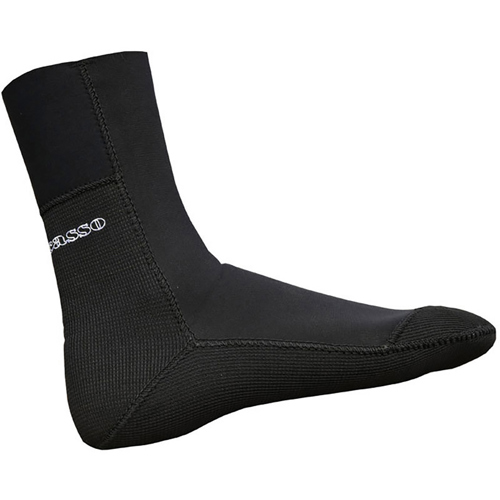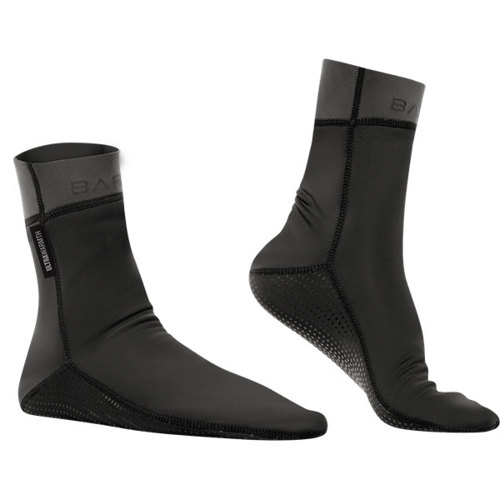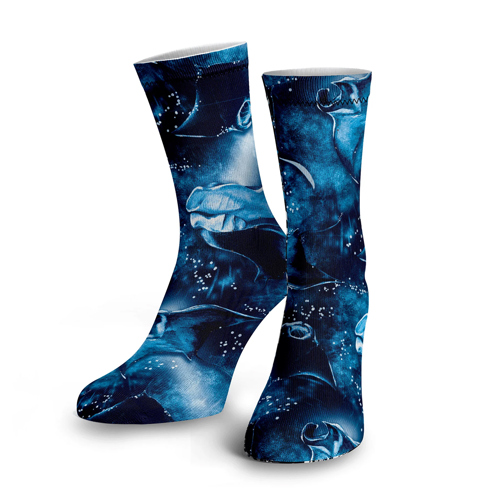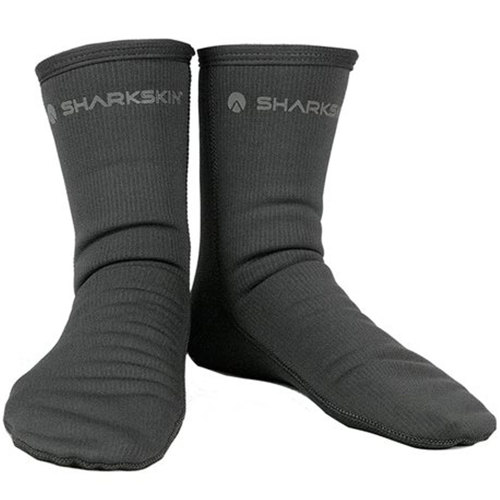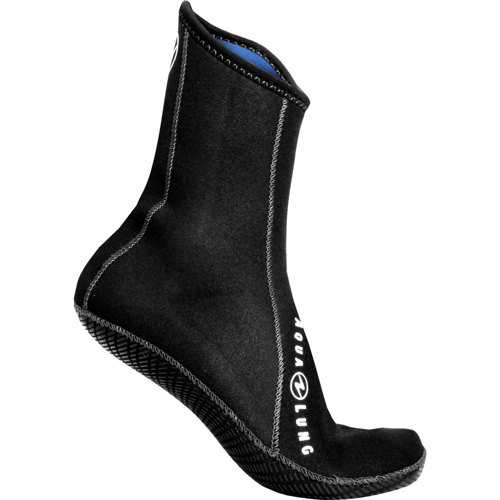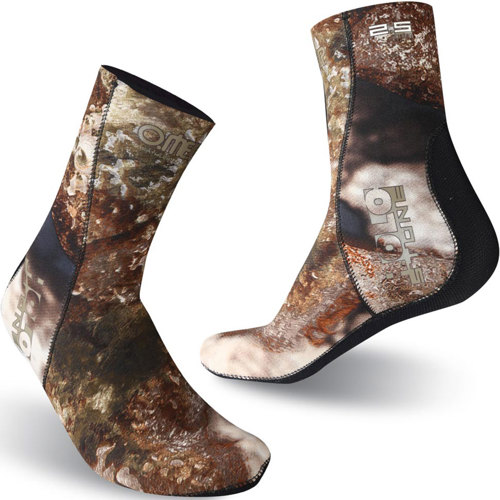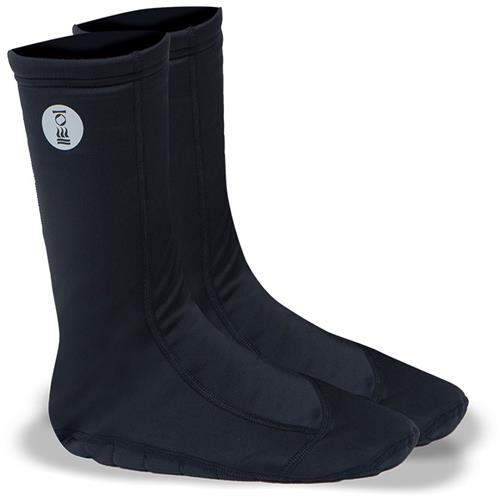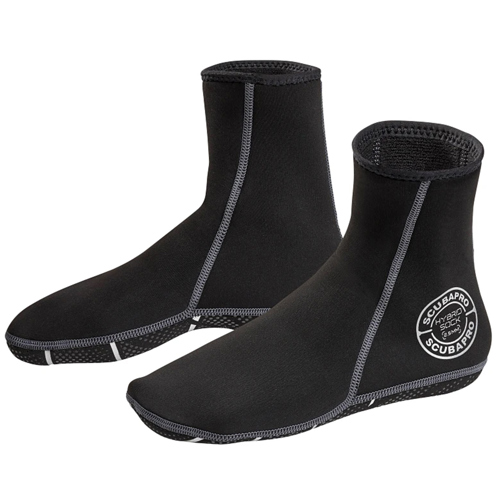Whether you’re just starting your scuba journey or you’re a seasoned diver logging hours in the pool, the right pair of dive training socks can make all the difference in both comfort and performance. As the water cools in October and indoor pools become the go-to for many training sessions, dive socks become even more essential. They provide a barrier against chilly tiles, rough pool bottoms, and the sometimes abrasive inner surfaces of fins. For anyone who’s ever felt the sting of a developing blister during a long finning session, or the discomfort of wrinkled, waterlogged skin after an hour in the pool, you’ll know that a reliable pair of dive socks isn’t just a luxury—it’s a necessity. These socks are designed to fit snugly, forming a second skin that helps prevent chafing and hotspots, especially during repetitive kick drills or extended skill practice. Many divers recall the relief of slipping into soft, neoprene-lined socks before donning their fins, knowing that their feet will stay warm and protected through every lap and skill circuit.
Dive training socks aren’t just for divers, either. Snorkelers, freedivers, and even swim instructors find them invaluable, particularly during the cooler months or in facilities where the pool deck is perpetually damp and chilly. They make thoughtful gifts for anyone in your life who loves the water, from the new open water student nervously preparing for their first confined water session, to the experienced dive professional who spends hours each week teaching and demonstrating skills. Parents often pick up pairs for their kids who are starting swim lessons or junior scuba courses, appreciating the extra layer of warmth and grip they provide. For those who travel, compact dive socks are a smart addition to any gear bag, taking up minimal space while offering maximum comfort whether you’re training in a local pool or exploring a tropical lagoon. For anyone who’s ever slipped on a slick pool deck or felt their fins rubbing raw spots on their heels, the value of a good pair of training socks becomes immediately clear.
When choosing dive training socks, consider the thickness and material based on where and how you’ll use them. Thinner socks are great for pool sessions and warm water, offering dexterity and a barely-there feel, while thicker neoprene options provide extra insulation for colder conditions. Look for reinforced soles if you’ll be walking on rough surfaces, and pay attention to seam construction to avoid irritation during long sessions. Some divers prefer socks with added traction, which can help prevent slips on wet tiles and boat decks—if that’s a priority, explore the selection of
Traction Dive Socks for options designed to keep you steady on your feet. Ultimately, the right pair of dive training socks is an investment in your comfort, safety, and enjoyment, whether you’re fine-tuning your skills in the off-season, gearing up for your next certification, or simply making the most of every moment in the water.

